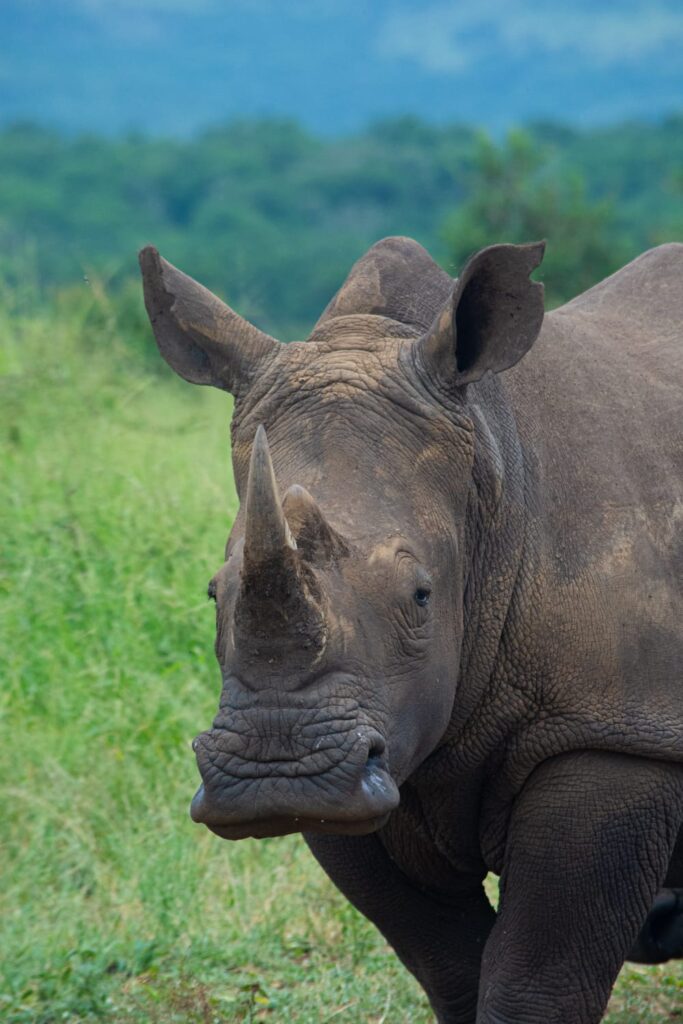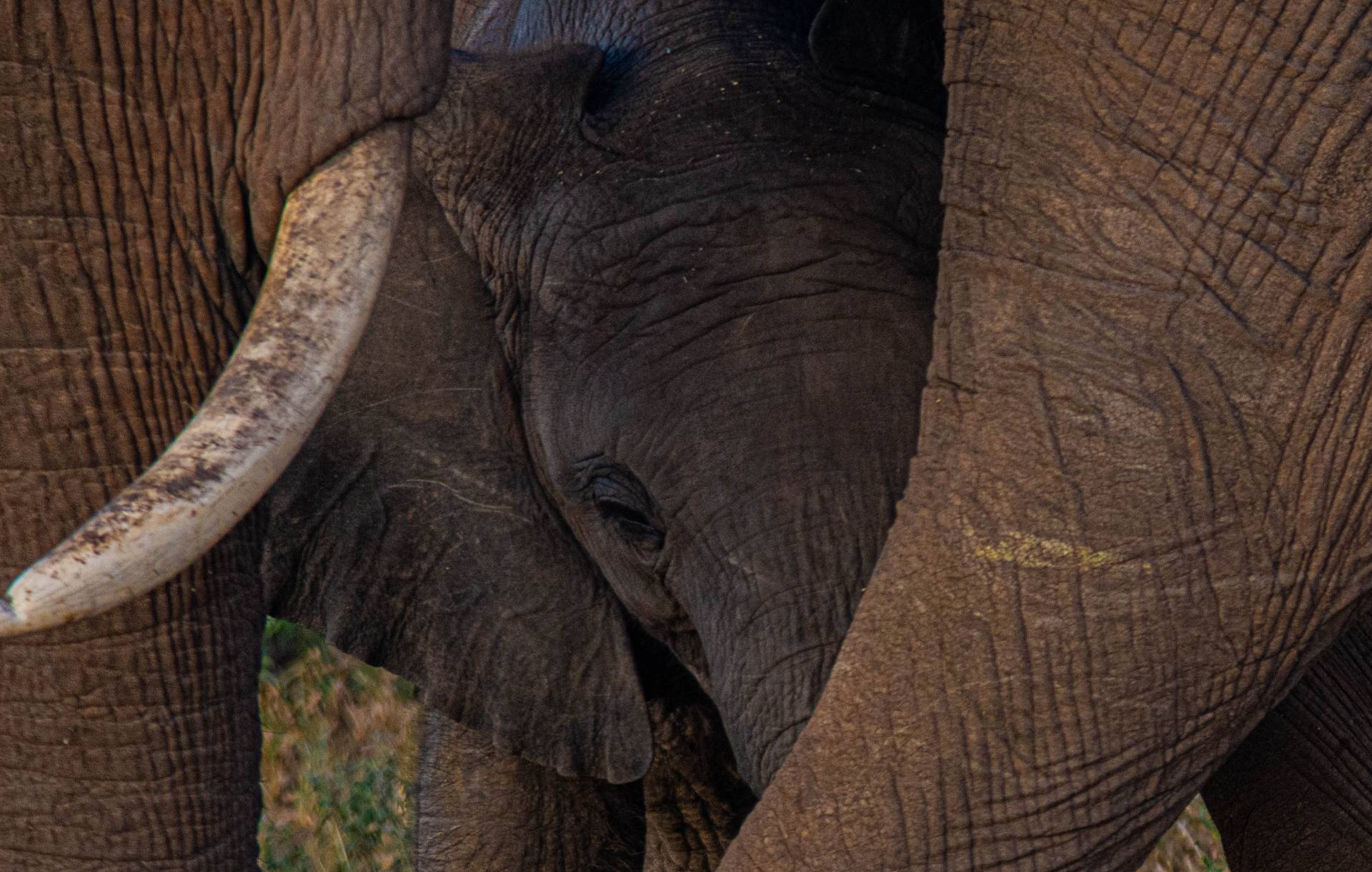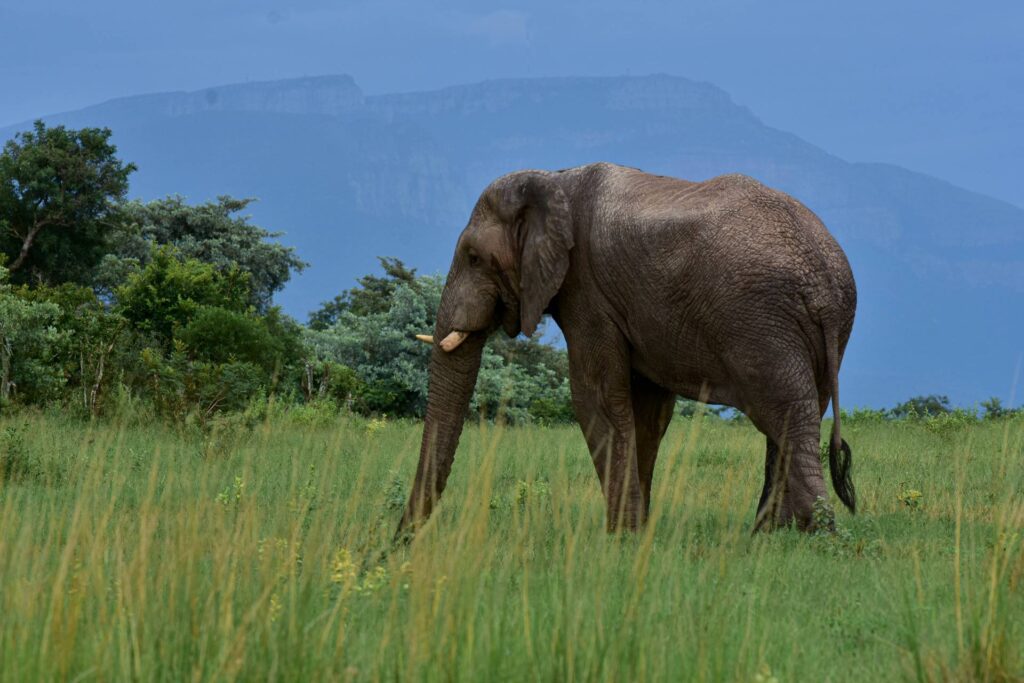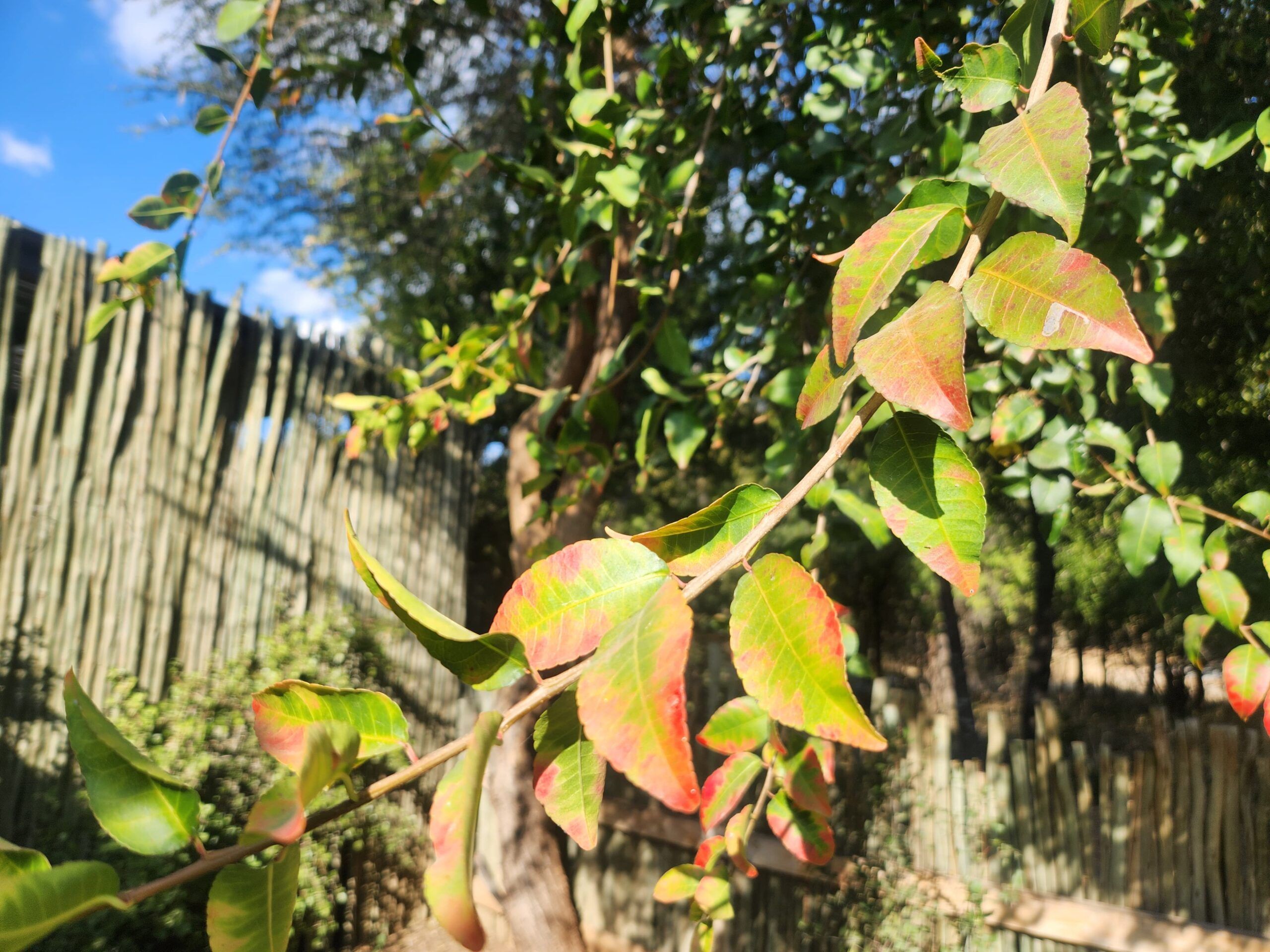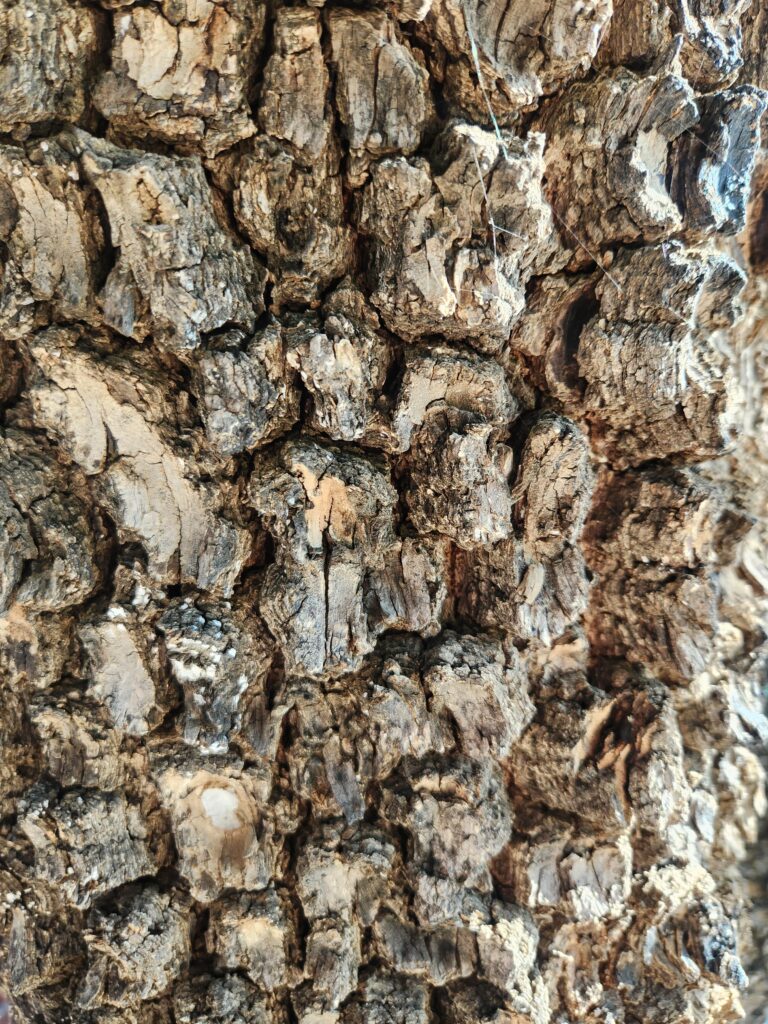The Great African Journey: The Magic of Bird Migration
As dawn breaks over the Pilanesberg Reserve, the skies above Tambuti Lodge come alive with quiet motion — wings slicing through the still morning air, calls echoing from tree to tree. Hidden within this sheltered wilderness, the lodge becomes a front-row seat to one of nature’s most extraordinary performances: the seasonal movement of millions of birds across continents.
Each year, the African skies host an astonishing migration. Birds, driven by instinct and the rhythm of the seasons, travel thousands of kilometers across land and sea — connecting distant parts of the world in a cycle as old as time. It’s a story of endurance, adaptation, and beauty that unfolds above us, often unnoticed but deeply symbolic of nature’s resilience.
Why Do Birds Migrate?

At its core, migration is a journey of survival. Birds follow the rhythm of the earth — moving with the rains, the warmth, and the abundance of food. When cold or drought makes life difficult in one region, they take flight to another where conditions are just right.
For many species, Africa is both a refuge and a destination. The continent’s rich wetlands, woodlands, and savannas provide essential feeding and breeding grounds for countless migratory birds. Guided by sunlight, temperature, and even magnetic and celestial cues, these travelers time their movements with astonishing precision, often returning to the same trees and watering holes year after year.
How Birds Navigate Their Incredible Journeys
One of the most remarkable aspects of migration is not only the distance birds travel, but how they know where to go. Their navigation system combines instinct, physics, and learned behaviour — a natural GPS that rivals even our most advanced technology.
The Earth’s Magnetic Field: Nature’s Compass
Birds possess a sense known as magnetoreception, allowing them to perceive the Earth’s magnetic field.
- How it works: The magnetic field provides both directional and “map-like” information.
- When it’s used: This sense becomes crucial on cloudy days or nights when the sun and stars are hidden.
- The mechanism: Though still being researched, scientists believe it involves a quantum-level reaction in the bird’s retina, possibly linked to a molecule called cryptochrome.
This invisible compass gives birds the ability to stay on course even when visual cues are unavailable.
Stars and Sun: Celestial Navigation
When skies are clear, birds turn to the heavens for guidance.
- Stars: Night-migrating species use stars and constellations to orient themselves. While magnetoreception is innate, celestial navigation is learned — young birds practice reading the night sky to refine their routes.
- Sun: Daytime migrants rely on the sun’s position, adjusting their flight direction as the sun moves across the sky.
These celestial cues offer a reliable compass, especially in open landscapes.
Combining Navigation Cues
Birds don’t depend on just one method. Instead, they integrate multiple systems — magnetic fields for a broad sense of direction, celestial cues for fine adjustments, and visual landmarks as they move closer to familiar territories. This layered approach is what enables migratory birds to travel across oceans, deserts, and mountain ranges with extraordinary accuracy.
Africa’s Aerial Adventurers

Africa’s position between continents makes it one of the world’s most important crossroads for migratory birds. Across the Pilanesberg skies, visitors may catch glimpses of these intrepid travelers as they rest and feed before continuing their journeys.
Some of the most remarkable species include:
- The European Bee-eater – a burst of turquoise, gold, and chestnut feathers that brings colour to the bush. These social birds migrate from southern Europe and Asia to enjoy Africa’s warm, insect-rich summer.
- The Barn Swallow – covering nearly 10,000 km between Europe and southern Africa, swallows rely heavily on wetlands and open skies along their route.
- The Steppe Eagle – a powerful predator from Central Asia, soaring over Africa’s plains during the northern winter in search of prey.
- The Amur Falcon – among the smallest raptors on Earth, yet one of the greatest travellers, crossing the Indian Ocean in a single, nonstop journey.
Their endurance, instinct, and precision make these migrations some of nature’s most awe-inspiring events.
The Challenges of Migration
Despite its wonder, migration is fraught with challenges. Birds face storms, strong winds, predators, and the immense physical strain of long-distance travel. They also confront human-driven threats such as habitat loss, pollution, and climate change.
A delayed rainy season can mean fewer insects when migratory birds arrive. Shrinking wetlands leave them with fewer resting and feeding grounds. These disruptions ripple across ecosystems — highlighting just how interconnected our planet truly is.
A Front-Row Seat at Tambuti Lodge
Tucked within the sheltered wilderness of the Pilanesberg Reserve, Tambuti Lodge offers an intimate connection to this spectacle. During the warmer months — typically from October to April — the reserve comes alive with visiting species returning from distant corners of the world.
Guests may spot bee-eaters darting through the morning light, swallows skimming low over open spaces, or raptors circling effortlessly overhead. Even the lodge’s quiet surroundings hum with the movement and calls of newly arrived migrants.
In this peaceful corner of the bush, migration becomes personal — a living reminder of the global journeys unfolding silently above us.

Protecting the Flight Paths
The miracle of migration depends on healthy habitats — wetlands, grasslands, forests, and open skies that support birds along their routes. Conservation areas like the Pilanesberg play a crucial role in preserving these spaces.
As travellers, we help protect these ancient routes by reducing waste, and respecting the environments we visit.
Final Thought
Next time you gaze up at the vast African sky from Tambuti Lodge, imagine the invisible highways above — paths traced by wings that span continents and generations.
Bird migration is more than movement; it’s a timeless testament to instinct, endurance, and the unity of the natural world. And here, in the quiet beauty of the Pilanesberg, you are perfectly placed to witness it unfold.







